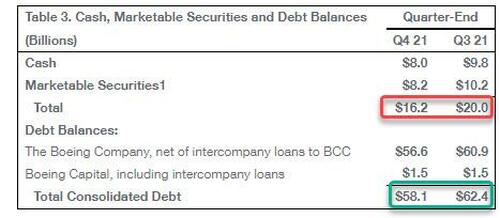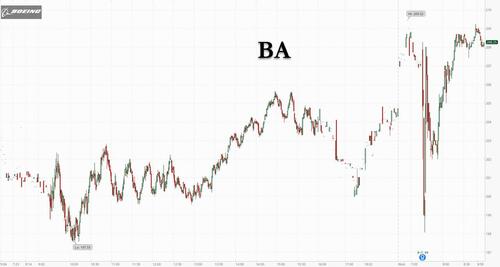The America COMPETES Act of 2022 is a sprawling mess of spending and nonsense. House Democrats are rallying behind a 2,912-page bill that’s allegedly concerned with addressing supply chain issues and keeping U.S. manufacturing and technology competitive. But like anything Democrats do these days, the bill can’t simply address one main issue or a few critical needs. Instead, it tries to insert the government into every aspect of all sorts of industries and markets and pretend that bureaucrats can solve complex social and cultural issues.
For instance, this bill addresses everything from “combating sexual harassment in science” to seeing that more science grants go to people with caregiving responsibilities; retention and advancement of women and minorities in science and tech careers; subverting censorship in China; and supporting collective bargaining agreements and union organizing efforts.
It aims to tackle Chinese fentanyl production, e-commerce platform liability, misinformation in foreign media, global wildlife trafficking, legal conventions in Pacific Island nations, Arctic mammal rescue capabilities, coral research, and the origins of the COVID-19 virus.
It bans shark fin sales, driftnet fishing in the U.S. Exclusive Economic Zone, and the transportation of certain wildlife across state lines.
It offers money for establishing a fund for Chinese language studies, climate change initiatives, solar power, spreading U.S. propaganda overseas, and promoting the consumption of certain types of seafood.
What do some of these issues have to do with supply chain issues, promoting American manufacturing, or ensuring our global tech competitiveness? Your guess is as good as mine.
The summary of the bill—dubbed The America Creating Opportunities for Manufacturing Pre-Eminence in Technology and Economic Strength (America COMPETES) Act of 2022— is 20 pages long and the section-by-section summary is 109 pages long. I haven’t had time to look through the full bill yet, but these documents provide us with a good start to understanding what’s in this behemoth.
One worrying aspect is new liabilities for online marketplaces—something that could actually decrease the competitiveness of American tech companies. It would make e-commerce platforms (Amazon, Etsy, eBay, etc.) liable for counterfeit products unless these companies follow a heavy-handed and extensive roster of so-called “best practices.” This new framework “would replace the liability framework established by case law” under which a platform is only liable for counterfeiting by third-party sellers if it has “specific knowledge of the infringement (usually through a notice provided by a trademark owner) and fails to take action,” a summary of the bill notes.
America COMPETES would pour money into funding government science offices, science education programs, a National Engineering Biology Research and Development Initiative, and so much more.
The first two items listed in the summary are $52 billion to “incentivize” semiconductor production and $45 billion toward “ensuring that more of [critical] goods are made right here in the United States.” Once again, rather than remove government-created barriers to free trade and low prices, lawmakers threaten to make it worse by further ballooning U.S. debt and enacting more protectionist policies.
Reason‘s Eric Boehm wrote about the semiconductor issue last spring, when Democrats first pushed it. Ensuring more domestic production of semiconductors “dovetails nicely with President Joe Biden’s pivot toward China as the post-pandemic villain that will justify future expansions of government, as well as with the emerging nationalist economics and anti-China sentiment on the political right,” he pointed out. “But what it really amounts to is a massive handout to a successful industry that doesn’t need government aid, delivered under the guise of a national security argument that doesn’t stand up to scrutiny.”
The America COMPETES act authorizes billions for things that have long been on Democrats’ policy wish list, along with all sorts of other random things.
It devotes $3 billion to “incentivizing the new construction of solar manufacturing capacity and providing grants and direct loans to retool, retrofit or expand existing solar manufacturing facilities.”
It authorizes millions for the antitrust division of the Department of Justice (DOJ) and Federal Trade Commission (FTC) for this year. It would also increase filing fees for large mergers, with the goal of giving more money to the DOJ and FTC “to aggressively enforce the antitrust law.”
It would “authorize $500 million for the “United States Agency for Global Media for ongoing and new programs to support local media, build independent media, combat PRC disinformation inside and outside of China, invest in technology to subvert censorship, and monitor and evaluate these programs.”
It authorizes “$20 million per year through FY 2026 … to combat human trafficking through seafood import monitoring and strengthening international fisheries management.”
Instead of removing barriers to bringing new drugs and medical technologies to the U.S. market, the bill would make manufacturers jump through more administrative hoops, “requiring manufacturers to provide additional information to [the Food and Drug Administration] about manufacturing sites and the quantity of drugs they produce.”
Instead of making it easier for U.S. university faculty to collaborate with foreign partners, it creates a reporting requirements for faculty that “receive gifts or enter into a contract with a foreign entity of which the value is $50,000 or more.”
Instead of simply beefing up cybersecurity and critical tech infrastructure, it “establishes a permanent advisory council” at the Federal Communications Commission “to increase the security, reliability and interoperability of communications networks”—which sounds a lot like what Democrats have been pushing in other bills with regard to tech companies and interoperability standards, even though mandating interoperability makes user data more vulnerable to security threats.
Instead of seriously reducing tariffs and duties across the board, it would lower them in a few areas while raising them in others. Under America COMPETES, “imports valued under $800 [coming] into the United States without paying duties, taxes, or fees” would have to start paying them if these imports came from certain countries, including China.
There’s a lot of Cold War-style influence mongering happening here, too. A section titled “Countering China’s Educational and Cultural Diplomacy in Latin America” directs the Secretary of State “to devise a strategy that evaluates and expands existing people-to-people programs and creates new exchanges and people-to-people programs that advance U.S. foreign policy goals and promote U.S. national security interests and values.” Another section would study the impacts of Chinese political and economic activity in Africa and develop a plan for “promoting improvements in the investment climate in Africa, including through support for democratic institutions, the rule of law and improved transparency.”
The few bright spots in the bill involve immigration. The America COMPETES Act would provide “temporary protected status and refugee status for qualifying Hong Kong residents for the 18-month period beginning after enactment” and authorizes “special immigrant status admission for certain priority highly skilled Hong Kong residents.” It would amend immigration law to make it easier for startup entrepreneurs and staff (and their families) to come here on temporary visas and petition for lawful permanent resident status. And it would exempt “from the numerical limits on immigrant visas, certain aliens (and the spouses and children of such aliens) who have earned a doctoral degree in science, technology, engineering, or mathematics (STEM) from a qualified U.S. research institution or a foreign institution if the degree is the equivalent to a doctoral degree issued by a qualified U.S. research institution.”
FREE MINDS
Students less enthusiastic about banning controversial speakers from campus. A new report from the Knight Foundation looks at college student views of free speech: “The ‘Knight-Ipsos College Student Views on Free Expression and Campus Speech’ report is the fourth in a series of Knight Foundation reports measuring college student attitudes toward speech and the First Amendment since 2016. For this report, Knight Foundation commissioned Ipsos to conduct a survey with a nationally representative sample of over 1,000 college students ages 18-24 enrolled in all types of higher education institutions, along with 4,000 American adults, offering insight into how college students’ views on free speech compare with those of the general public.” You can read the whole thing here. A few interesting findings:
- Students are less interested in campuses banning controversial speakers. “Just 1 in 4 students favor schools disinviting controversial speakers, down from more than 2 in 5 in 2019.”
- Students increasingly believe free speech rights are not secure. “The percentage of students saying speech rights are secure has fallen every year since this question was first asked in 2016,” the Knight Foundation reports. “This includes a 12-point decrease from 2019 as an increasing number of students—particularly Republicans—say they believe speech rights are threatened.”
- Students have competing and contradictory attitudes toward free speech on campus. “More students now say the climate at school prevents some from saying things others might find offensive, and fewer feel comfortable disagreeing in class. Yet slightly more now report feeling unsafe because of comments made on campus than in 2019.”
FREE MARKETS
A new study provides a rebuke of state-funded pre-K programs. “At least for poor children, it turns out that something is not better than nothing,” said study co-author and Vanderbilt professor Dale Farran. “The kinds of pre-K that our poor children are going into are not good for them long term.”
QUICK HITS
• “Democrats in the House of Representatives are planning to expedite a massive bill that would dramatically increase U.S. security assistance to Ukraine and lay the groundwork for substantial new sanctions on Russia — hastening a war-friendly posture without opportunity for dissent as concerns over a military invasion abound,” reports The Intercept.
• We shouldn’t exaggerate what’s at stake in Ukraine, writes Reason‘s Natalie Dowzicky. “The ‘liberal world order’ doesn’t require a war with Russia over the Donbass.”
• Showing a fake vaccination card could become a crime in Washington state.
• “Since the start of the COVID-19 pandemic, CBP officers across the nation have seized more than 30,000 counterfeit coronavirus vaccination cards,” Grid reports.
• Kat Rosenfield laments that we’re all COVID cops now.
• How U.S. abortion laws compare to abortion policy around the world.
• On The Oldest Profession Podcast, host Kaytlin Bailey explores what’s wrong with the Nevada brothels’ method of legalizing sex work.
• What Japan got right about pandemic responses: “Drastic measures, such as lockdowns, were never taken because the goal was always to find ways to live with Covid-19,” writes Hitoshi Oshitani, a virology professor at Tohoku University who helped formulate Japan’s COVID-19 response.
• “The current stereotype of Gen X as politically apathetic do-nothings simply does not match the reality, at least in terms of their youth,” writes Freddie deBoer in a piece challenging the idea that today’s politically engaged young people are somehow unique.
• A new study finds “virus-fighting antibodies capable of blocking the omicron variant persist four months after a third shot of the Pfizer-BioNTech coronavirus vaccine,” The Washington Post reports.
• “What left-wing progressives and right-wing populists miss in their regulatory frenzy is that antitrust laws have not been used intentionally to destroy success, as they are being deployed now,” writes Bret Jacobson at Real Clear Policy. “Their goal for decades has been to ensure competition in the marketplace. That’s what makes [Minnesota Democratic Sen. Amy] Klobuchar and [Iowa Republican Sen. Chuck] Grassley’s legislation”—more on that here—”so, in a word, weird.”
• “Authoritarian governments ban Bitcoin mining. The U.S. shouldn’t join them,” says Andrea O’Sullivan.
• Justin Amash has a new podcast.
The post If This Is How America COMPETES, We're Going to Lose appeared first on Reason.com.
from Latest – Reason.com https://ift.tt/3II8lC3
via IFTTT

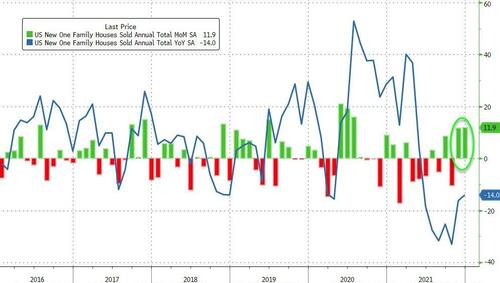


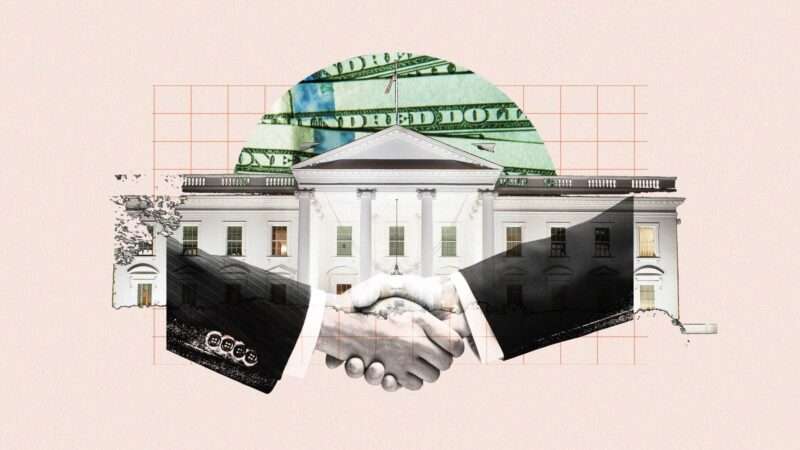
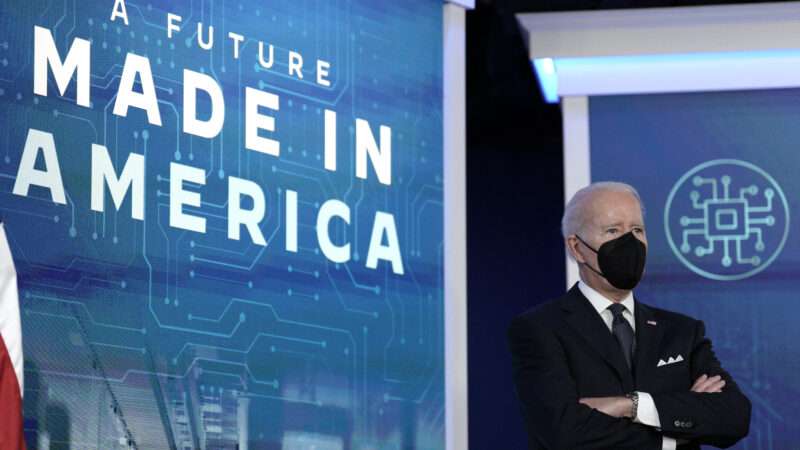




 delegation to meet with Normandy4 leaders’ political advisers. We have finally managed to unlock the format – and it’s a strong signal of readiness for a peaceful settlement. Hope for a constructive dialogue in the
delegation to meet with Normandy4 leaders’ political advisers. We have finally managed to unlock the format – and it’s a strong signal of readiness for a peaceful settlement. Hope for a constructive dialogue in the 


